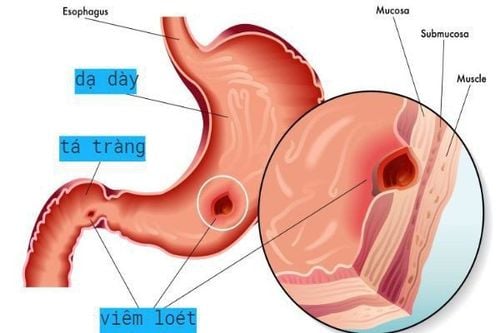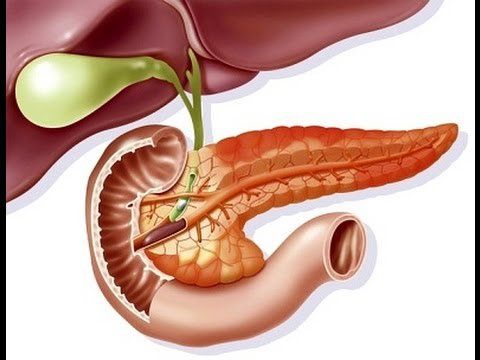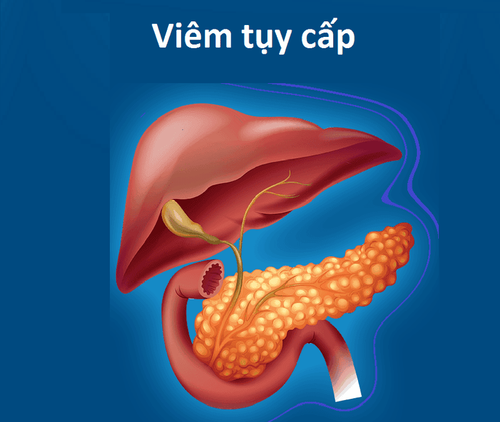This is an automatically translated article.
Predictions of the severity of acute pancreatitis are posited by ongoing clinical evaluations with the use of systematic and imaging multifactor scores. The Balthazar score is a tool to assess the extent of pancreatitis on computed tomography.
1. What is the balthazar scale?
Contrast-enhanced computed tomography is widely used to evaluate complications of acute pancreatitis. At the same time, the balthazar score is the most commonly used scale to assess the severity of acute pancreatitis. In addition, abdominal CT contributes to the assessment of the severity of acute pancreatitis.
Based on these features, the balthazar score with signs of pancreatic necrosis on CT has been proposed as an important assessment method for the extent of acute pancreatitis that a patient may have. If the result of the balthazar scale is between 0 and 3 points will be associated with a 3% mortality rate; meanwhile, a score of 7 to 10 increases the mortality rate from acute pancreatitis by 17%.
Results of abdominal computed tomography of cases of acute pancreatitis according to the balthazar scale are as follows:
0 points: Normal pancreas 1 point: Focal or diffuse enlargement of pancreas 2 points: Abnormal localized on the pancreas with inflammatory changes in the peripancreatic fat parenchyma 3 points: Single peripancreatic fluid collection 4 points: 2 or more sites of fluid and/or air accumulation in the retroperitoneal region (adjacent to pancreas). Simultaneously, the results of computed tomography of the abdomen of cases of acute pancreatitis with pancreatic necrosis in the balthazar scale were also evaluated as follows:
0 points: No pancreatic necrosis 2 points: necrosis Pancreatic necrosis less than 30% 4 points: Pancreatic necrosis from 30% to 50% 6 points: Pancreatic necrosis over 50%. After calculating a total of 2 points for acute pancreatitis and pancreatic necrosis on abdominal computed tomography, the balthazar scale helps to assess and determine the severity of acute pancreatitis on CT scan as follows:
0 -3 points: Mild. No serious complications 4-6 points: Moderate. Unknown complications 7-10 points: Severe severity, high mortality
2. Limitations of the balthazar . scale
The balthazar score based on CT findings misses extrapancreatic complications, while these features also play a role in the prognosis of cases of acute pancreatitis, including pleural effusions. pulmonary edema, ascites, vascular complications such as venous thromboembolism or arterial bleeding, gastrointestinal tract injury, etc. Indeed, several studies have examined other findings on CT, such as pleural effusion lung, as predictors of severity of acute pancreatitis. According to Heller et al., pleural effusion was observed in 84.2% of patients with severe acute pancreatitis while this feature was observed in only 8.6% of those with mild acute pancreatitis. .
Furthermore, the volume of pleural effusion is also related to the time of hospitalization. Conventional radiographs and blood tests are also reliable for the severity of acute pancreatitis, rather than the need for CT in the balthazar scale, when this tool is not commonly indicated initially.
On the other hand, the characteristics of subcutaneous or visceral adipose tissue, in particular peripancreatic, also differ across different races. This makes the scoring of pancreatitis on CT scan in the balthazar scale very limited as an obstacle to overcome.
Although CT is an important tool in the diagnosis of acute pancreatitis, there are some limitations. Accordingly, the CT severity index in the balthazar scale has the highest accuracy only at 6–10 days from the onset of pancreatitis. In particular, signs of pancreatic necrosis are not usually observed on CT imaging within 48 hours of onset. Therefore, the balthazar score may not be chosen as an appropriate method for assessing severity in the early stages of acute pancreatitis.
Furthermore, the complications caused by contrast agents must be considered between the benefits and risks before deciding to perform this indication. Therefore, the use of the balthazar score in acute pancreatitis should be done only in select situations, especially when severe pancreatitis is suspected or is anticipated to require initial surgical intervention.
In summary, despite numerous studies on the pathophysiology of acute pancreatitis, the overall mortality rate due to this pathology has not been significantly improved. This suggests that early diagnosis and appropriate prediction of the severity of acute pancreatitis are extremely important. Accordingly, many different scoring systems have been proposed, the balthazar scale being an example. Despite limitations in the indication, performance, and evaluation of results in the first few hours, CT is almost an essential imaging tool for detecting pancreatic necrosis and recommending surgical intervention when needed. improve patient complications.
Please dial HOTLINE for more information or register for an appointment HERE. Download MyVinmec app to make appointments faster and to manage your bookings easily.













